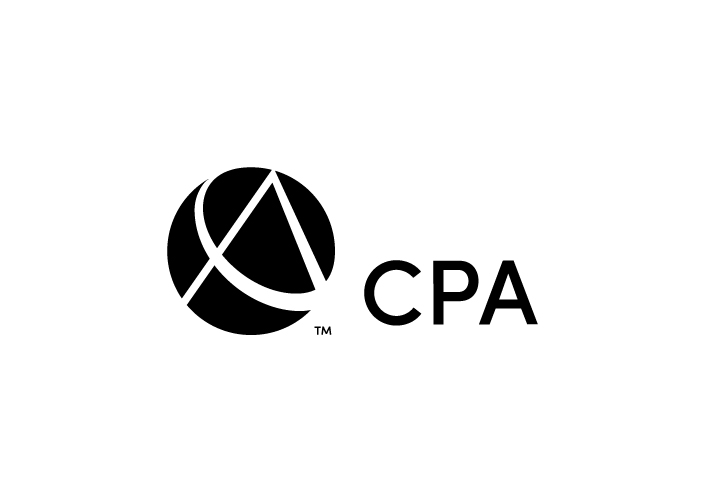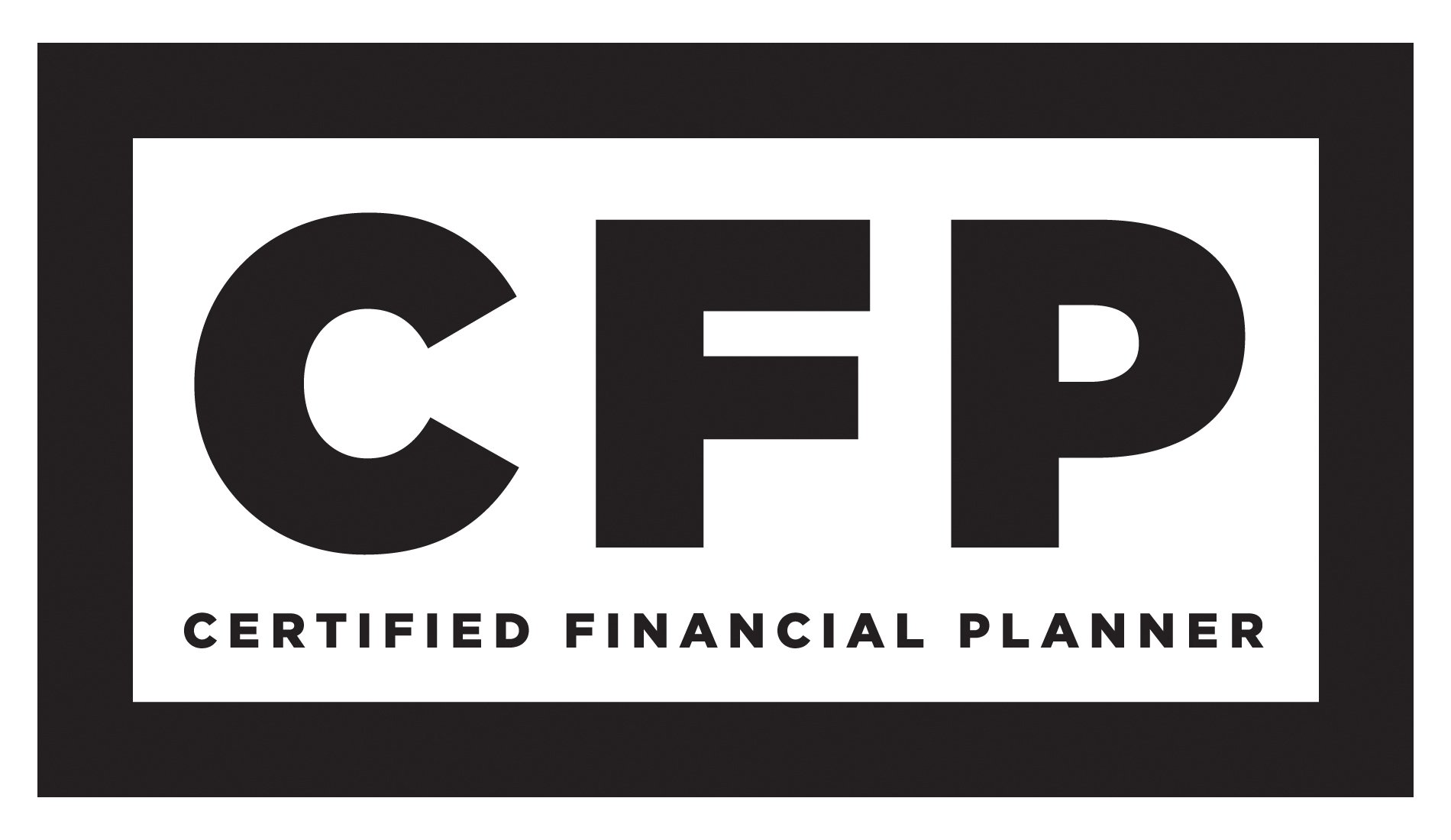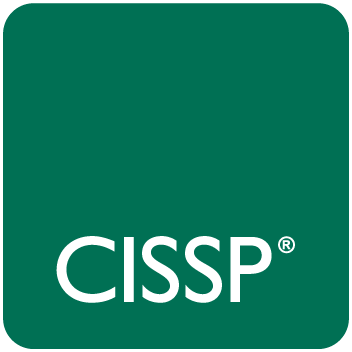The Comprehensive Guide to AP Calculus AB
Introduction
Welcome to the comprehensive guide to AP Calculus AB! The AP Calculus AB course is designed to provide high school students with a college-level introduction to calculus. In this guide, we will explore the content, skills, and strategies necessary for success in AP Calculus AB. Whether you're a student looking to excel in the course or a teacher seeking resources, this guide will provide valuable insights and tips.
Overview of AP Calculus AB
AP Calculus AB is a rigorous course that focuses on the concepts and applications of differential and integral calculus. The course covers topics such as limits, derivatives, and integrals, with an emphasis on both graphical and analytical approaches to problem-solving.
The AP Calculus AB curriculum is designed to develop students' understanding of calculus concepts, as well as their ability to apply calculus to solve real-world problems. Through the study of rates of change, accumulation, and approximation, students gain a deep understanding of the fundamental principles of calculus.
Content and Topics
The AP Calculus AB course covers the following major content areas:
-
Limits and Continuity: This unit introduces the concept of limits and explores the properties of continuous functions. Students learn to evaluate limits numerically, graphically, and analytically.
-
Differentiation: Definition and Basic Derivative Rules: This unit focuses on the concept of differentiation and its applications. Students learn about the derivative as the rate of change and explore the basic rules for finding derivatives.
-
Differentiation: Advanced Derivative Rules: This unit builds upon the basic derivative rules and introduces more advanced techniques for finding derivatives. Topics include derivatives of trigonometric, exponential, and logarithmic functions, as well as the chain rule and implicit differentiation.
-
Applications of Derivatives: This unit explores the applications of derivatives, including optimization problems, related rates, and curve sketching. Students learn to analyze the behavior of functions using first and second derivatives.
-
Integration: Accumulation and Fundamental Theorem of Calculus: This unit introduces the concept of integration as accumulation and explores the fundamental theorem of calculus. Students learn techniques for finding antiderivatives and evaluate definite and indefinite integrals.
-
Applications of Integration: This unit focuses on the applications of integration, including finding areas between curves, volumes of solids of revolution, and applications to physics and economics.
Skills and Practices
In addition to content knowledge, AP Calculus AB emphasizes the development of key skills and practices. These skills include:
-
Graphical Analysis: Students learn to analyze functions graphically, including interpreting graphs, identifying key features, and understanding the relationship between graphs and calculus concepts.
-
Analytical Problem-Solving: AP Calculus AB emphasizes analytical problem-solving skills, including setting up and solving equations, applying calculus techniques, and interpreting the results in context.
-
Justification and Communication: Students are expected to justify their solutions and communicate their mathematical reasoning clearly and effectively, both verbally and in writing.
-
Technology Use: While hand calculations are an essential component of AP Calculus AB, students are also encouraged to use graphing calculators and other technological tools to aid in problem-solving and visualization.
Exam Structure
The AP Calculus AB exam consists of two main sections:
-
Multiple-Choice Questions: This section includes a series of multiple-choice questions that assess your knowledge and understanding of calculus concepts, problem-solving skills, and mathematical reasoning. You will be asked to analyze functions, interpret graphs, solve problems, and apply calculus techniques.
-
Free-Response Questions: This section includes a combination of short-answer and long-answer free-response questions. These questions require you to demonstrate your ability to solve problems, apply calculus concepts, and communicate your mathematical reasoning effectively.
Preparing for the AP Calculus AB Exam
Preparing for the AP Calculus AB exam requires a comprehensive understanding of the content, as well as strong problem-solving and analytical skills. Here are some tips to help you prepare effectively:
-
Review and Master the Content: Thoroughly review the content covered in the AP Calculus AB course, including the major topics and subtopics. Use study guides, textbooks, and online resources to reinforce your understanding of key concepts.
-
Practice with Past Exams: Familiarize yourself with the format and types of questions on past AP Calculus AB exams. Practice answering multiple-choice questions and free-response questions within the time limits to improve your pacing and test-taking strategies.
-
Work on Practice Problems: Solve a variety of practice problems that cover different calculus concepts and problem-solving techniques. Pay attention to both the process and the accuracy of your solutions.
-
Use Calculators Wisely: While calculators can be helpful, it's important to use them strategically. Practice solving problems both with and without a calculator to develop your skills in both contexts.
-
Seek Additional Resources: Explore additional resources such as review books, online tutorials, and instructional videos to supplement your learning. These resources can provide alternative explanations and examples to reinforce your understanding.
Tips for Success
Here are some additional tips to help you succeed in AP Calculus AB:
-
Master the Basics: Build a strong foundation by mastering the fundamental concepts and techniques of calculus. Understanding the basic principles will help you tackle more complex problems with confidence.
-
Practice Regularly: Dedicate regular study time to practice calculus problems and reinforce your understanding. Regular practice will help you become comfortable with various types of problems and improve your problem-solving skills.
-
Understand the Concepts: Focus on understanding the underlying concepts rather than memorizing formulas. When you have a deep understanding of the concepts, you'll be better equipped to apply them in different contexts and solve unfamiliar problems.
-
Solve Real-World Problems: Practice solving real-world problems that require the application of calculus concepts. This will help you see the practical applications of calculus and enhance your problem-solving skills.
-
Seek Help When Needed: If you encounter challenges or have difficulty understanding certain topics, don't hesitate to seek help. Consult your teacher, classmates, or online resources for additional explanations and clarifications.
FAQs
-
Q: Is a graphing calculator required for the AP Calculus AB exam? A: While a graphing calculator is not required, it is highly recommended. A graphing calculator can help you visualize functions, analyze graphs, and solve problems more efficiently. Familiarize yourself with the functions and capabilities of your calculator before the exam.
-
Q: Are there any recommended resources for additional practice and review? A: There are several resources available for additional practice and review, including AP Calculus AB review books, online practice tests, and educational websites that offer interactive quizzes and tutorials. Consult with your teacher or classmates for recommendations.
-
Q: How important is it to show work in the free-response questions? A: It is crucial to show your work and provide clear explanations in the free-response questions. Even if you make a mistake in the calculation, you can still earn partial credit for demonstrating your understanding of the concepts and your problem-solving approach.
Conclusion
AP Calculus AB offers a challenging and rewarding exploration of calculus concepts and applications. By developing a strong understanding of the content, practicing problem-solving techniques, and utilizing effective study strategies, you can excel in the course and perform well on the AP Calculus AB exam. Best of luck on your calculus journey!

 By
By


